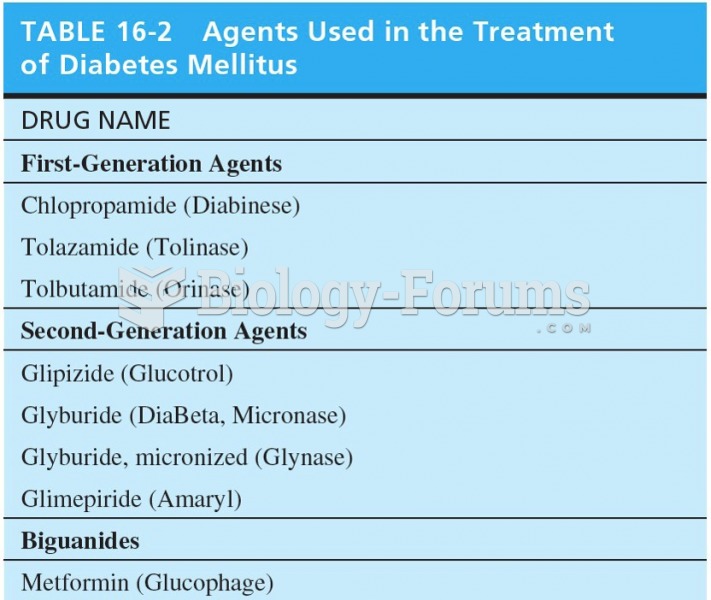|
|
|
Historic treatments for rheumatoid arthritis have included gold salts, acupuncture, a diet consisting of apples or rhubarb, nutmeg, nettles, bee venom, bracelets made of copper, prayer, rest, tooth extractions, fasting, honey, vitamins, insulin, snow collected on Christmas, magnets, and electric convulsion therapy.
Between 1999 and 2012, American adults with high total cholesterol decreased from 18.3% to 12.9%
The average human gut is home to perhaps 500 to 1,000 different species of bacteria.
As of mid-2016, 18.2 million people were receiving advanced retroviral therapy (ART) worldwide. This represents between 43–50% of the 34–39.8 million people living with HIV.
The first documented use of surgical anesthesia in the United States was in Connecticut in 1844.







